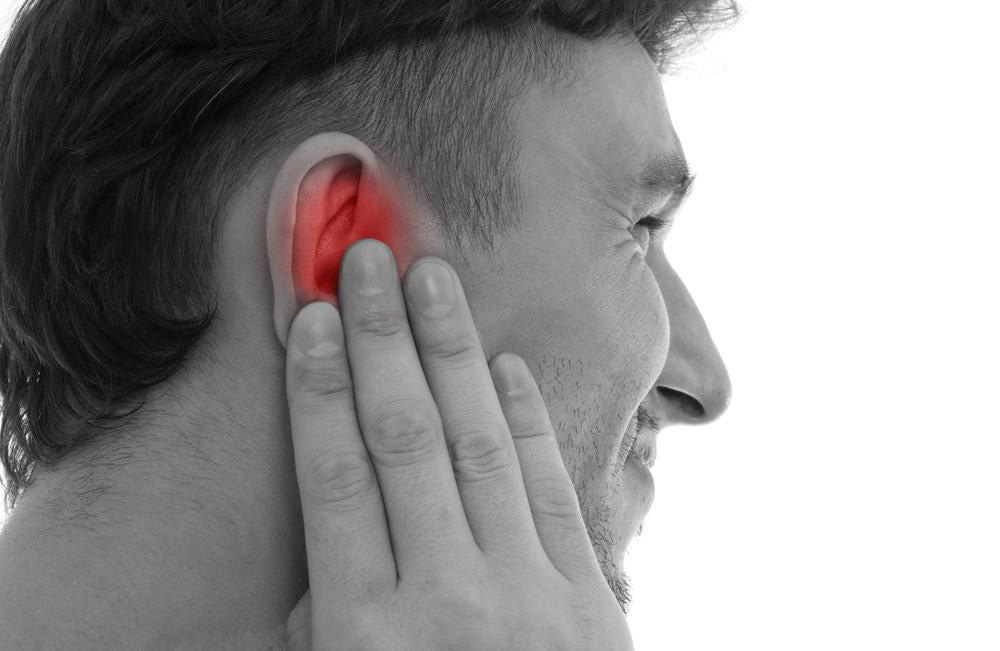The Ultimate Comprehensive Guide to Ear Infection Remedies, Symptoms, and Management Strategies
This comprehensive guide provides detailed insights into different types of ear infections, including causes, symptoms, and effective treatments. It emphasizes early diagnosis, proper management, and when to seek medical care, helping readers understand how to care for their ears and prevent complications. Suitable for all age groups, the article offers practical remedies and expert tips to manage ear infections effectively and promote ear health.

An In-Depth Exploration of Ear Infections: Causes, Symptoms, and Effective Treatments
Ear infections are among the most common ailments affecting individuals of all ages, especially children. These infections can occur in different parts of the ear—outer, middle, or inner—each presenting distinct symptoms and requiring specific management strategies. Understanding the nuances of each type of ear infection is crucial for timely treatment and prevention of complications. This comprehensive guide delves into the causes, symptoms, and various remedies for ear infections, offering valuable insights to help you manage these conditions effectively at home and know when to seek medical attention.
Outer ear infections / Swimmer’s ear
Outer ear infections, commonly known as swimmer’s ear, involve infection of the external auditory canal—the ear's outermost part. These infections usually result from prolonged exposure to moisture, such as swimming in contaminated water or frequent bathing. When water remains trapped in the ear canal, it creates an ideal environment for bacterial or fungal growth, especially if the skin lining of the ear canal becomes damaged or irritated. This condition is prevalent among swimmers, hence the name, but it can also affect anyone who exposes their ears to excessive moisture or cleans their ears improperly.
Understanding the primary causes of outer ear infections is vital for prevention. Breaks in the skin caused by scratches, the insertion of objects like cotton swabs or earphones, and chemical irritants from hair products or shampoos can open pathways for bacteria and fungi. Excessive moisture, especially in humid climates or during water activities, aggravates the condition. Underlying skin conditions like eczema or dermatitis can also predispose individuals to outer ear infections.
The early stages of infection are often characterized by mild discomfort, which can intensify over days. Common symptoms include pain when the outer ear is touched or moved, persistent itching, redness, swelling, and often the presence of discharge from the ear canal. The discharge may vary—white, yellow, clear, bloody, or foul-smelling. Other signs may include crusting at the entrance of the ear, difficulty hearing or muffled sounds, ringing or buzzing in the ears (tinnitus), and discomfort in the neck or face. Swollen lymph nodes around the ear can also be observed, indicating an immune response to infection.
Effective management of outer ear infections emphasizes reducing water exposure, maintaining ear hygiene, and alleviating symptoms. Protecting the ears by avoiding water during treatment is recommended. Over-the-counter pain relievers such as ibuprofen or acetaminophen can reduce discomfort. Applying warm compresses to the affected area promotes blood flow and alleviates pain. Antibiotic ear drops prescribed by a healthcare provider are often necessary to eliminate bacterial infections. Fungal infections might require antifungal medications. Gentle ear cleaning, performed carefully, can help remove crusts or debris, but invasive cleaning should be avoided to prevent further damage. A natural remedy like vinegar rinses, which help restore the ear’s natural pH balance, may reduce swelling and inhibit microbial growth.
Middle ear infections / Otitis Media
Middle ear infections, medically termed otitis media, primarily affect the space behind the eardrum. These infections are often the result of bacterial or viral agents that originate from respiratory illnesses such as colds, flu, or sinus infections. When these pathogens invade, they cause the eustachian tubes—small passageways connecting the middle ear to the back of the throat—to become swollen or blocked. This blockage prevents normal drainage of fluids from the middle ear, leading to fluid accumulation. The stagnant fluid serves as a breeding ground for bacteria or viruses, causing inflammation and infection.
The symptoms of middle ear infections can appear suddenly and often escalate quickly. Typical signs include severe ear pain, a feeling of fullness, and sometimes a popping or clicking sound. Many individuals experience fever, which can be high in children. Discharge from the ear, if present, is usually thick, pus-like, or bloody, indicating a rupture of the eardrum. Other symptoms include nausea, vomiting, loss of appetite, irritability in children, difficulty sleeping, and general discomfort. The infection may also lead to temporary hearing loss or a sensation of muffled hearing due to fluid interference with sound transmission.
Managing middle ear infections involves a combination of medical treatments aimed at relieving pain and eradicating the infection. Pain relief can be achieved through over-the-counter analgesics. Antibiotics are prescribed when bacterial infection is confirmed or suspected, particularly if symptoms are severe or persistent. In recurrent or chronic cases, surgical interventions like the insertion of ear tubes may be necessary to facilitate fluid drainage and prevent future infections. Removal of adenoids or tonsillectomy could be considered in cases linked to anatomical issues or recurrent infections. Rest, hydration, and avoiding irritants such as cigarette smoke are also recommended to promote healing.
Inner ear infections / Labyrinthitis
Inner ear infections, especially labyrinthitis, involve inflammation of the labyrinth—an intricate structure within the inner ear responsible for hearing and balance. These infections can be caused by viruses or bacteria and are commonly associated with respiratory infections or bacterial meningitis. The swelling of the labyrinth interferes with normal signals sent to the brain, resulting in dizziness, loss of balance, and other neurological symptoms.
Symptoms of inner ear infections tend to develop rapidly and are often intense. Patients may report severe dizziness, vertigo (the sensation that the room is spinning), nausea, and vomiting. Hearing loss or muffled hearing in the affected ear is typical. Ringing or buzzing sounds (tinnitus) and difficulty concentrating further complicate the condition. In some cases, facial numbness or weakness may occur, indicating a more extensive neurological impact. The symptoms can be debilitating and significantly interfere with daily activities.
Management of labyrinthitis includes medications such as antibiotics if bacteria are involved, corticosteroids to reduce inflammation, antihistamines to control dizziness, and sedatives to alleviate severe vertigo. Vestibular rehabilitation therapy is often recommended to improve balance. Rest and hydration are essential components of recovery. While inner ear infections usually resolve with appropriate treatment, they can sometimes cause lasting damage, so prompt medical attention is crucial.
Ruptured eardrum
A ruptured or perforated eardrum can occur due to sudden pressure changes, trauma, or severe infections causing fluid buildup that exerts pressure on the eardrum. The rupture often results in the eardrum tearing, which may lead to pain relief but causes other issues such as loss of hearing and discharge.
Symptoms of a ruptured eardrum include sudden sharp pain or, paradoxically, relief if the rupture decreases pressure. Patients often notice fluid drainage—brown, yellow, or white—sometimes mixed with blood. Hearing loss is common, and there may be ringing or buzzing sounds. Dizziness, vertigo, and facial weakness are also possible if the injury is extensive. The rupture compromises the ear’s ability to protect against infection, making it vulnerable to further complications.
Most ruptured eardrums heal naturally within a few weeks. Severe cases might require surgical repair, using tissue grafts to close the perforation. Medical management includes antibiotics to prevent infection and pain relievers to manage discomfort. Avoiding water entry into the ear during healing is critical to prevent additional infection. Under medical supervision, prompt treatment facilitates recovery and minimizes long-term damage.
Overall, early diagnosis and appropriate interventions are essential for all types of ear infections. Consulting healthcare professionals ensures accurate diagnosis, effective treatment, and faster recovery. If symptoms persist or worsen, seeking immediate medical advice is crucial to prevent complications such as hearing loss or chronic infections. Maintaining good ear hygiene, avoiding water during infections, and adhering to prescribed treatments can significantly improve outcomes.





